-
×
-
×
-
×
-
×
-
×
-
×
-
×
Red Devil Cichlid Amphilophus Labiatus Size Around : A Captivating South American Cichlid for a Thriving and Visually Appealing Aquarium, Easy Care for New Aquarists and Experienced Keepers 2 × £12.57
-
×
-
×
2 X 2(2 FISH ) Peacock Snakehead - Channa Pulchra - Red Spotted Snakehead - Coloured Snakehead 1 × £77.00
-
×
Purple Vampire Crab - Geosesarma Dennerle - Decapod Crustacean 2 × £7.74
-
×
-
×
-
×
-
×
-
×
-
×
-
×
Subtotal: £795.94

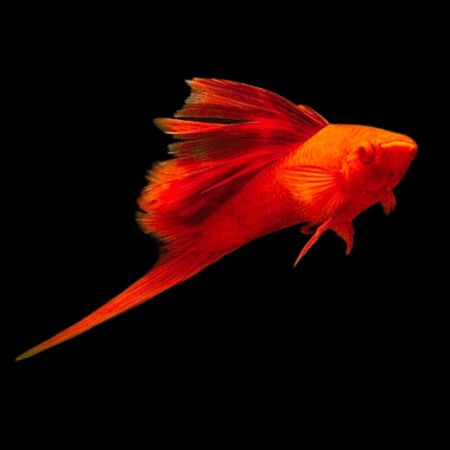





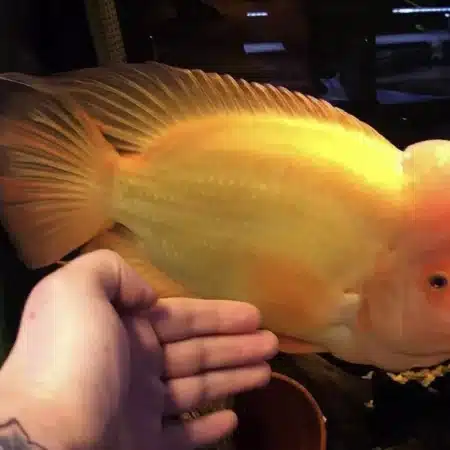 Red Devil Cichlid Amphilophus Labiatus Size Around : A Captivating South American Cichlid for a Thriving and Visually Appealing Aquarium, Easy Care for New Aquarists and Experienced Keepers
Red Devil Cichlid Amphilophus Labiatus Size Around : A Captivating South American Cichlid for a Thriving and Visually Appealing Aquarium, Easy Care for New Aquarists and Experienced Keepers 
 2 X 2(2 FISH ) Peacock Snakehead - Channa Pulchra - Red Spotted Snakehead - Coloured Snakehead
2 X 2(2 FISH ) Peacock Snakehead - Channa Pulchra - Red Spotted Snakehead - Coloured Snakehead  Purple Vampire Crab - Geosesarma Dennerle - Decapod Crustacean
Purple Vampire Crab - Geosesarma Dennerle - Decapod Crustacean 



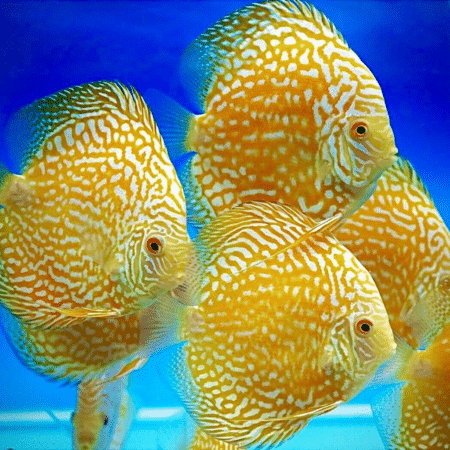


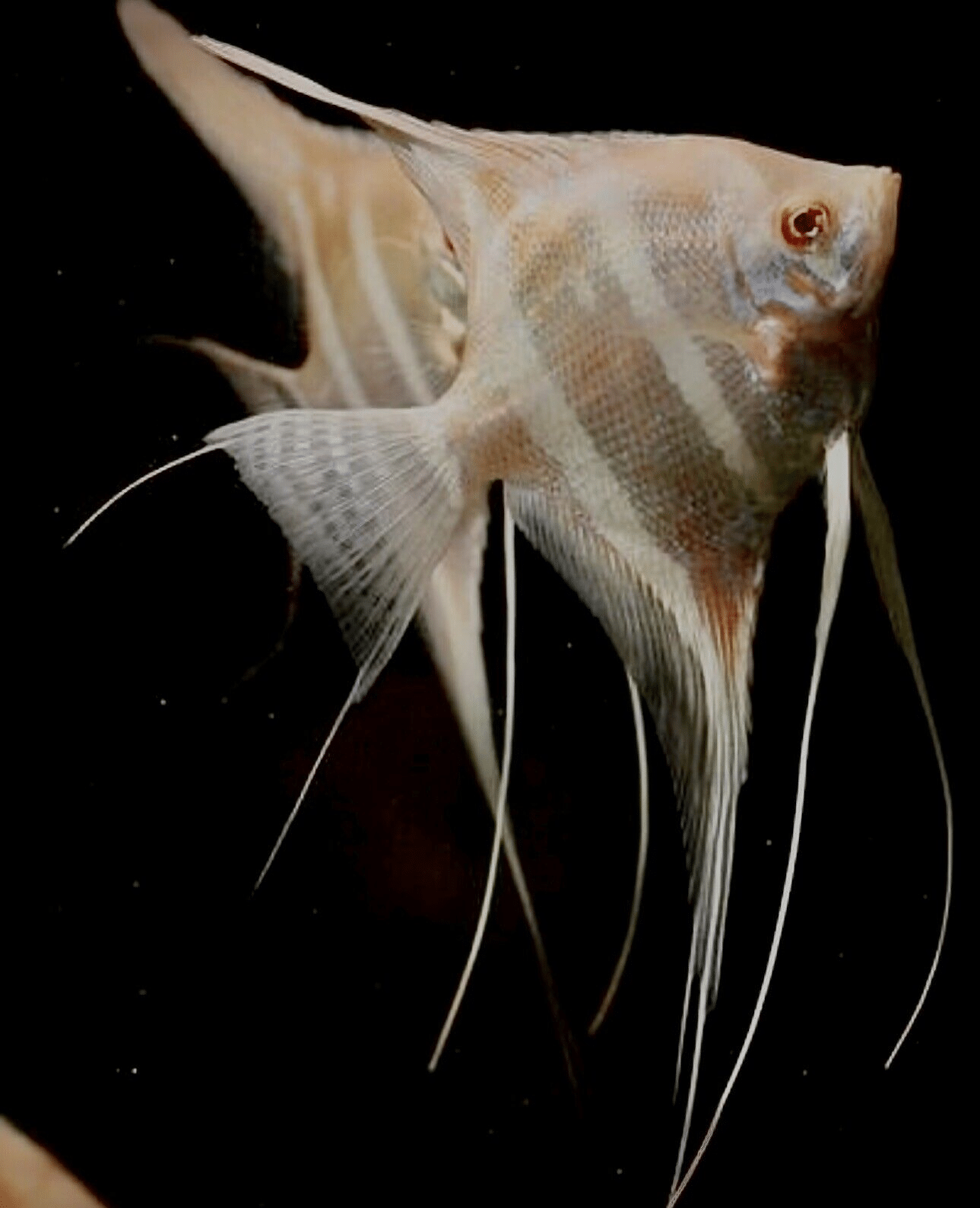
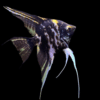










Mike Thompson (verified owner) –
I recently added the Platinum White Angelfish to my freshwater aquarium, and I couldn’t be happier! These stunning fish not only boast a beautiful, iridescent sheen but also a charming personality that brings life to the tank. After about two weeks, I’ve noticed them swimming gracefully among the plants, and their gentle nature complements my other tropical fish perfectly. I’ve previously kept standard angelfish, but the platinum variety stands out with its unique coloration and calm demeanor.
I appreciate that they thrive in a well-maintained environment, so I’ve been diligent about water quality, which seems to keep them healthy and happy. Just a heads up: they can be a bit shy at first, so providing plenty of hiding spots with plants is essential. My only minor concern was the initial shipping time, which was a bit longer than expected, but they arrived safely and acclimated quickly. Overall, I highly recommend the Platinum White Angelfish for anyone looking to enhance their aquarium. They’re perfect for both seasoned aquarists and newcomers who want to enjoy the beauty of angel fish. You won’t regret adding these beauties to your collection!
Emily Carter (verified owner) –
I recently added the Platinum White Angelfish to my aquarium, and I couldn’t be happier! This fish is not only beautiful with its shimmering white scales, but it also has such a graceful swimming style that adds life to my tank. After about two months of having it, I’ve noticed it thriving in my 55-gallon community tank. The care guide that came with it has been extremely helpful; it emphasized the importance of clean water and the right tank mates, which I made sure to follow. Compared to other angelfish I’ve kept in the past, this one seems much more resilient and easy to care for. It’s perfect for beginners like myself, but even seasoned aquarists would appreciate its elegance and charm. My only minor concern was its initial shyness, but with a bit of patience, it quickly adapted to its new environment. I truly believe anyone looking to brighten up their aquarium should consider getting one of these stunning tropical fish. They’ve captured my heart, and I can’t wait to watch them grow!